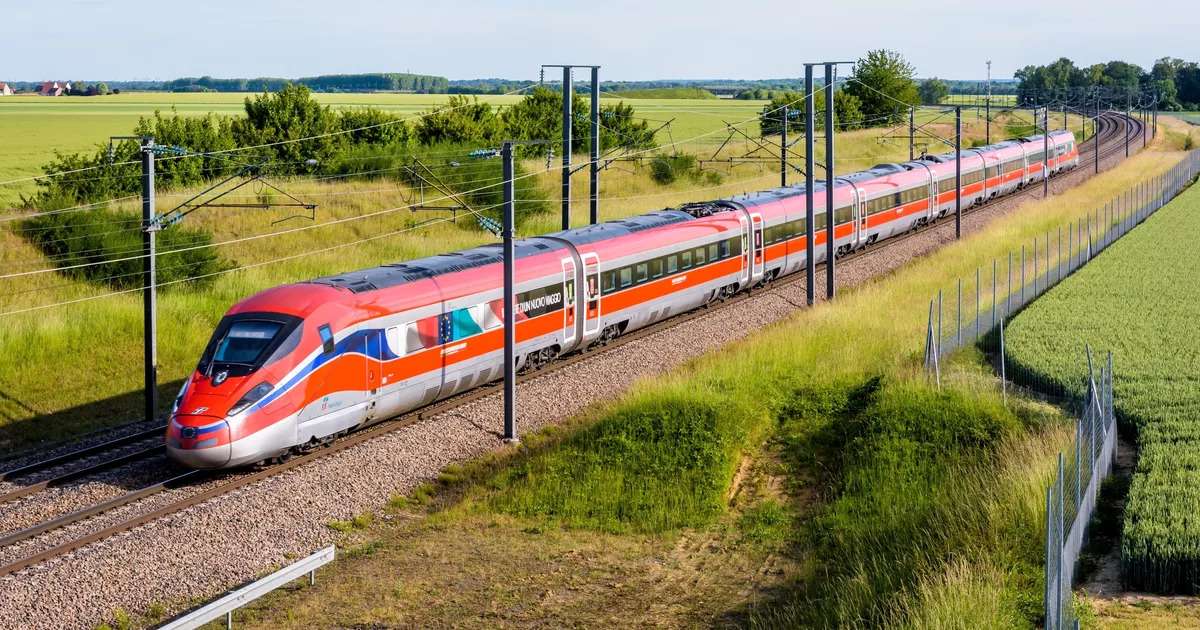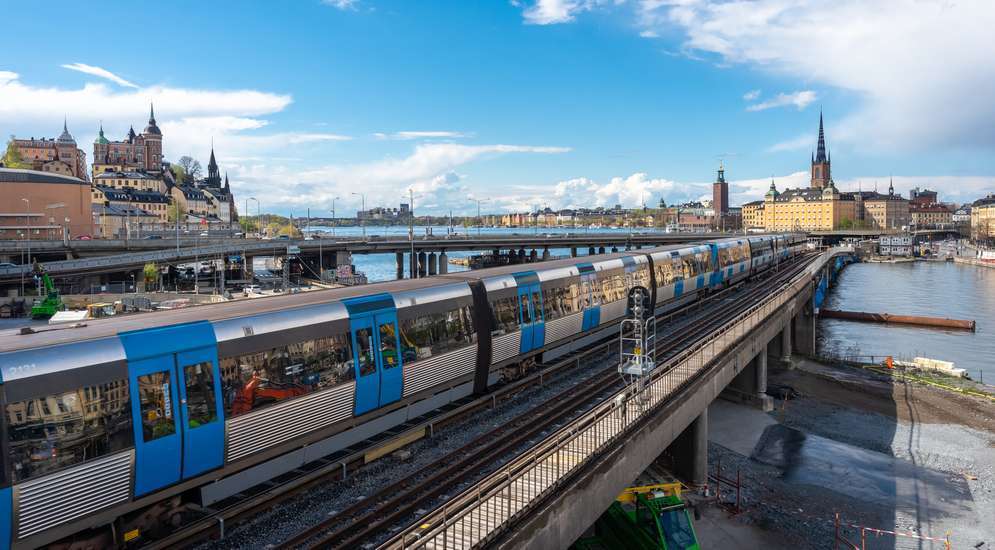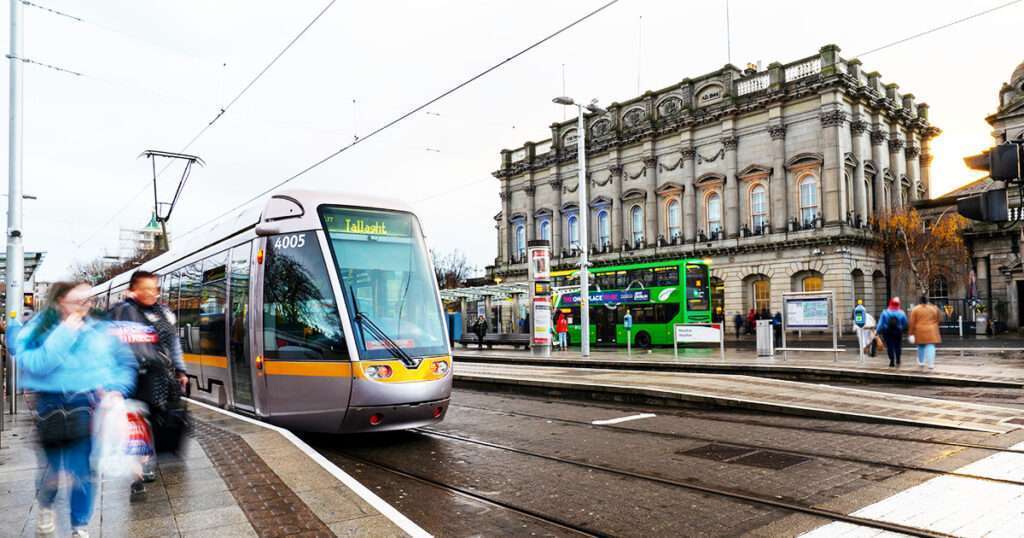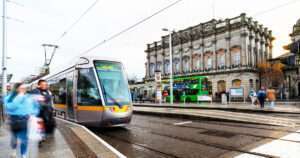Following the success of Trenitalia’s Tap&Tap between Verona, Porta Nuova and Venezia Santa Lucia, Trenitalia is relaunching the project, on new lines… This contactless purchase method promises to significantly simplify the transport experience for users in Italy… Trenitalia never ceases to surprise… Discover how this innovation will transform regional mobility in Italy…
Trenitalia simplifies the travel experience
Trenitalia and the Veneto regional authorities have unveiled ‘Tap&Tap’. A pilot project operating on the Venice-Verona line. With this ‘Tap&Tap’ system, you no longer need an application or a paper ticket. TAP&TAP is a new way of buying Trenitalia Regional tickets quickly! Thanks to this innovation, users can use their Visa, Mastercard or American Express contactless payment card directly at the validators marked with the TAP&TAP pictogram. All they have to do is present their card before boarding, and then again when they arrive at their destination.
The TAP&TAP system allows individual tickets to be purchased at the normal adult 2nd class fare. However, each purchase is limited to one ticket per card, and reduced fares are not available with this service. On the other hand, this method guarantees the best fare available, as the user pays for the journey they make. This encourages the use of regional trains instead of cars. This method is just as beneficial for regular travellers as it is for foreign tourists.
Expansion and ongoing improvements
The success of the pilot project between Verona, Porta Nuova and Venezia Santa Lucia has encouraged the expansion of Tap&Tap to other routes. Since 20 July 2024, the Tap&Tap system has included journeys between Bassano del Grappa, Padua and Venezia Santa Lucia. This extension demonstrates Trenitalia’s commitment to improving access to regional trains. With ‘Tap&Tap’, Trenitalia is changing the way people buy and use train tickets. This simplified system is transforming regional mobility. It encourages sustainable use of regional trains – a real step towards smarter, more flexible mobility.





